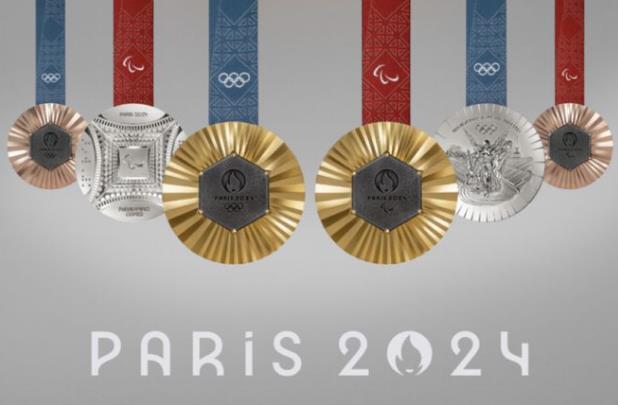In the aftermath of a fortnight of intense competition, the curtain has finally fallen on this year's Olympics. Among the participating nations, China and the United States have emerged as clear leaders, each securing an impressive tally of 40 gold medals, resulting in a joint first-place finish. However, despite this seemingly uncontested outcome, certain countries have presented alternative perspectives on the medal standings.
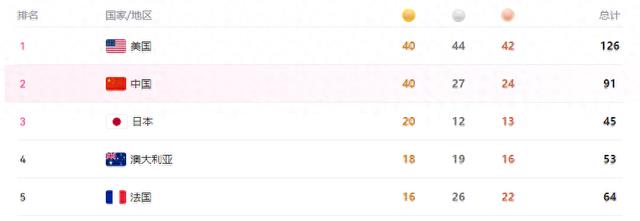
The United States and Australia, who have consistently maintained high rankings, have developed their own unique algorithms for calculating medal counts. Through these methods, they have managed to position themselves as the top contenders in their respective analyses. Surprisingly, even India, which did not secure a single gold medal, has devised its own approach to ranking.
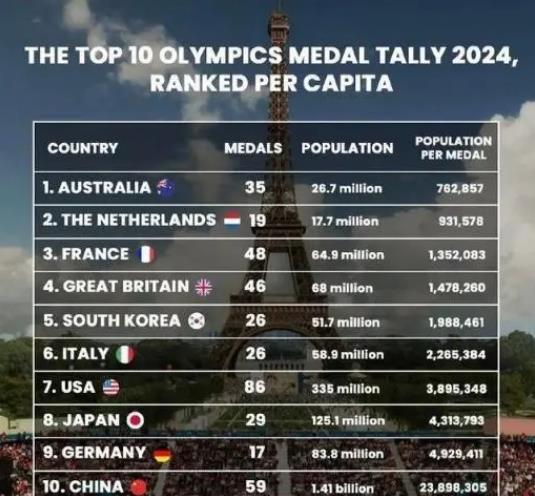
How do these countries calculate their medal tallies, and what "reasonable" method does India employ to place itself at the top, armed only with silver and bronze medals?
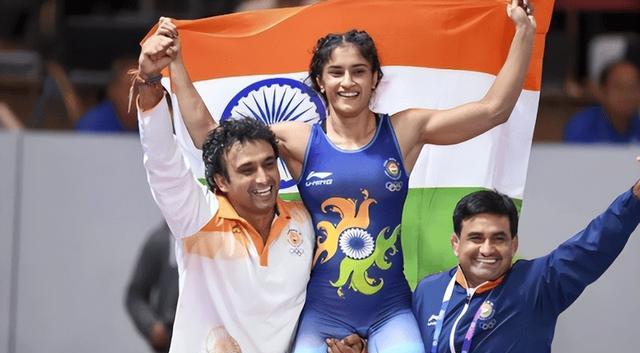
Following the commencement of the Olympics, China has made remarkable strides in events it previously struggled with, claiming numerous first-place victories. This unexpected surge in performance has caught many Western nations off guard, particularly the United States, often hailed as a powerhouse in sports. These gold-winning events were typically expected to be dominated by American athletes, but the results have proven otherwise, leaving them both surprised and disbelieving.

As the number of silver medals accumulated and the gold medal count remained behind China, the United States introduced a new system for calculating the medal table. Throughout the Olympics, the official standard for ranking was based on the number of gold medals won. However, American media outlets opted to rank by total medal count, a strategy that allowed the United States, with its extensive range of events, to maintain a consistent lead in the rankings.
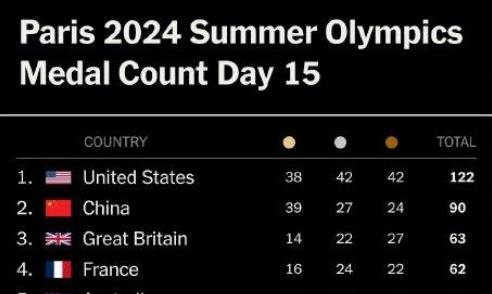
This approach drew significant criticism from international netizens. An Australian journalist even commented that, given America's penchant for unique measurements like Fahrenheit and pounds, differing medal calculations could be understood. Before this Australian journalist could elaborate further, a domestic media outlet in Australia adopted a similar tactic.
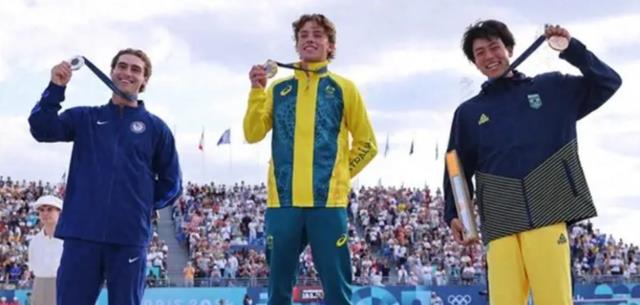
Australia, a consistent top performer, calculated its ranking based on medals per capita. With more than one medal per million people, it secured the top spot. In contrast, China, with its population of 1.4 billion, ranked tenth when the medals were averaged out.
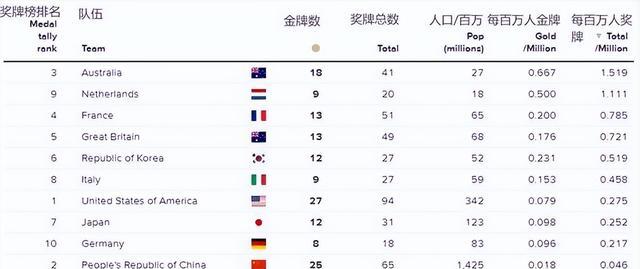
One can only admire the creativity of the Australian media, but how does India, with a population of 1.4 billion yet without a single gold medal, approach its ranking?

For major sporting events, a larger population undoubtedly confers an advantage, as it increases the likelihood of identifying exceptional athletes. Consequently, India, another populous nation, should theoretically be among the top medal contenders.
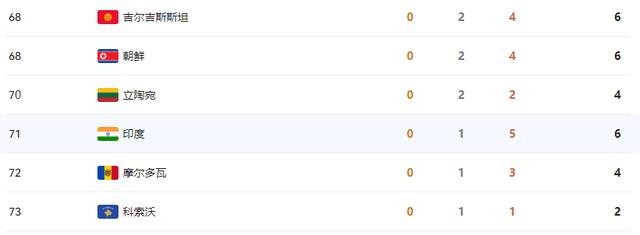
However, the reality is starkly different. Throughout the Olympics, India has never managed to break into the top fifty. After the conclusion of the games, India's final tally stood at one silver and five bronze medals, placing it 71st.

This is not the first time India has underperformed at the Olympics. Over a century, it has only amassed ten gold medals. In the men's javelin throw, an event where India had a competitive edge, it was relegated to second place by a Pakistani athlete, dashing the hopes of over a billion Indians and making the Pakistani athlete a national hero!
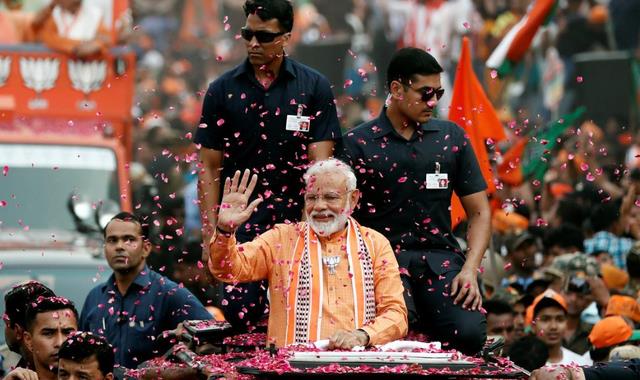
Notably, India had set ambitious goals for this Olympics, aiming to compete for 95 medals and referring to the event as the "path to success." Unfortunately, the reality fell far short of expectations, and missing out on this Paris Olympics means that India's next Olympic gold medal may not come until the 2036 Olympics.

Frustrated by the lackluster performance of Indian athletes, who were hyped up by domestic media, Indian netizens have become restless. Especially when compared to the vibrant Olympic atmosphere in Pakistan, Indian netizens have finally found a way to highlight their country's strengths.
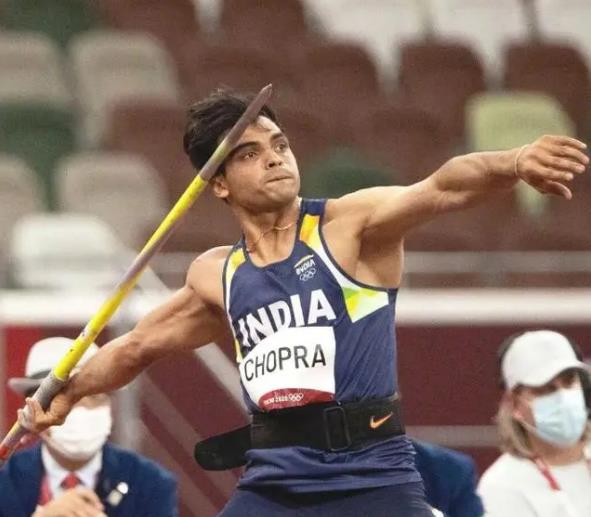
When there are no apparent advantages, one must find a way to turn weaknesses into strengths. The crux of India's challenge lies in its minimal investment in sports. Training elite athletes requires significant resources, which are scarce in India due to its less-than-ideal economic conditions.

Even basic sports programs in India lack clear national selection and training systems, stifling the development of sports. Despite this glaring deficiency, Indian netizens have turned it into an advantage. Analyzing the investments of various countries, they discovered that each of India's five medals cost only 1million,whileChinaspent14 million per medal.
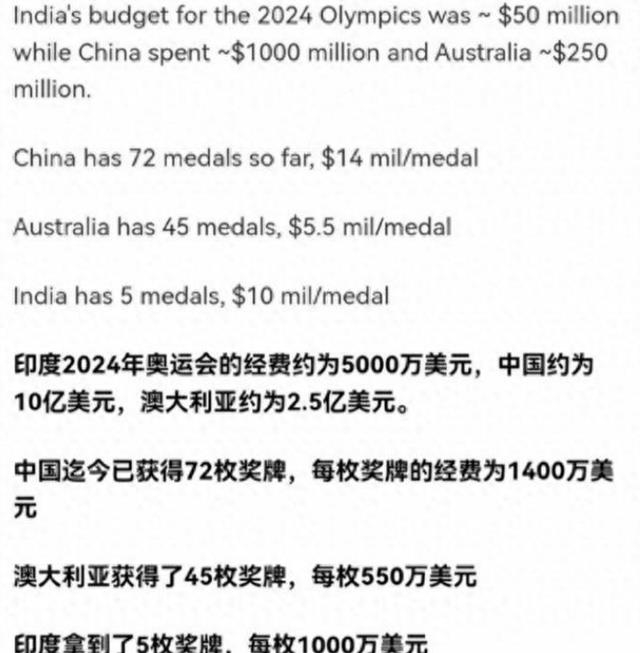
Suddenly, India, previously lagging far behind, leaped to second place. It is clear that when it comes to calculating medal standings, all sorts of peculiar rankings can emerge, but none can convincingly place India at the top.

In conclusion, by the time the 2036 Olympics roll around, India may finally receive a new gold medal – one for the longest gap between gold medals. However, with India yet to secure hosting rights, the prospect of a new gold medal remains distant.
